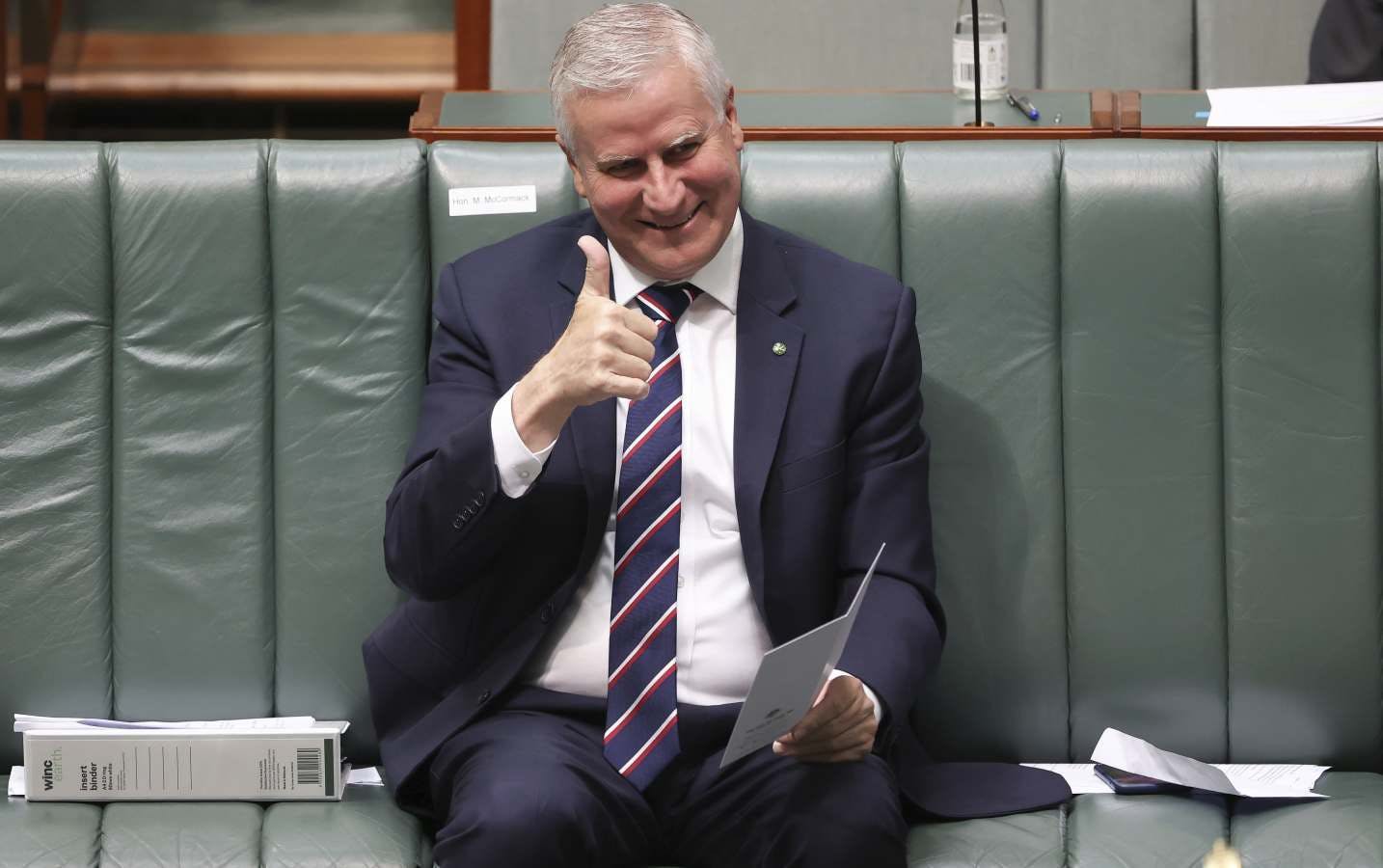'Extremism' in the centre

Americans are being told that the riot in the national Capitol building promoted by Donald Trump was the work of “extremists”. To some, the term may seem a handy catch-all to refer to the crowd of white supremacists, proto-fascists, misogynists, climate denialists, QAnon delusionists, evangelical terrorists and brain-damaged Twitterholics involved, but its vagueness makes it easily susceptible to misuse.
People who are the opposition to those various categories are, respectively, BLM supporters, anti-fascists, feminists, environmental activists etcetera. But what is the opposite of “extremist”? It can only be something like “centrist”, “moderate”, “middle of the roader”, “liberal” or “conservative”, or perhaps “Joe Biden”. None of these offer any serious and consistent support for the political forces fighting the ultra-right.
And if it’s a dangerous fault to differ from the centre, then it follows that BLM activists, anti-fascists and so on should be suppressed as much as (in practice, more than) the Capitol rioters. Both “left” and “right” varieties of centrism in the US (and in Australia and probably elsewhere) are already pushing the line that there is an equivalence between the Capitol racists and the millions who protested to demand an end to police murder of Black people. Australian Deputy PM Michael McCormack explicitly stated that the two “demonstrations” were the same, because both supposedly involved “violence”.
If there’s going to be a campaign against extremism, the term needs to be defined more precisely. Surely, a willingness to let others suffer and/or die when one has the means to prevent it has to count as extremism. But the centrist politicians defend a system that allows it to happen every day, every hour.
In rich countries, there is more than enough wealth to support the entire population through a lockdown sufficient to wipe out the coronavirus, for example. But it doesn’t happen because that would reduce profits, and even involve extra taxes on the rich. In Australia last year, the combined wealth of billionaires grew by more than 50 percent, according to Bloomberg. In the US during less than a year of the pandemic, the total wealth of the country’s billionaires increased by more than US$1 trillion. With the US death total approaching 400,000, every time an American has died, the wealth of billionaires has increased, on average, by $2.5 million.
Michael McCormack repeats the racist slogan “all lives matter”. The real position of the billionaires and their politicians is, “Only our lives matter”.
So who are the worst extremists?